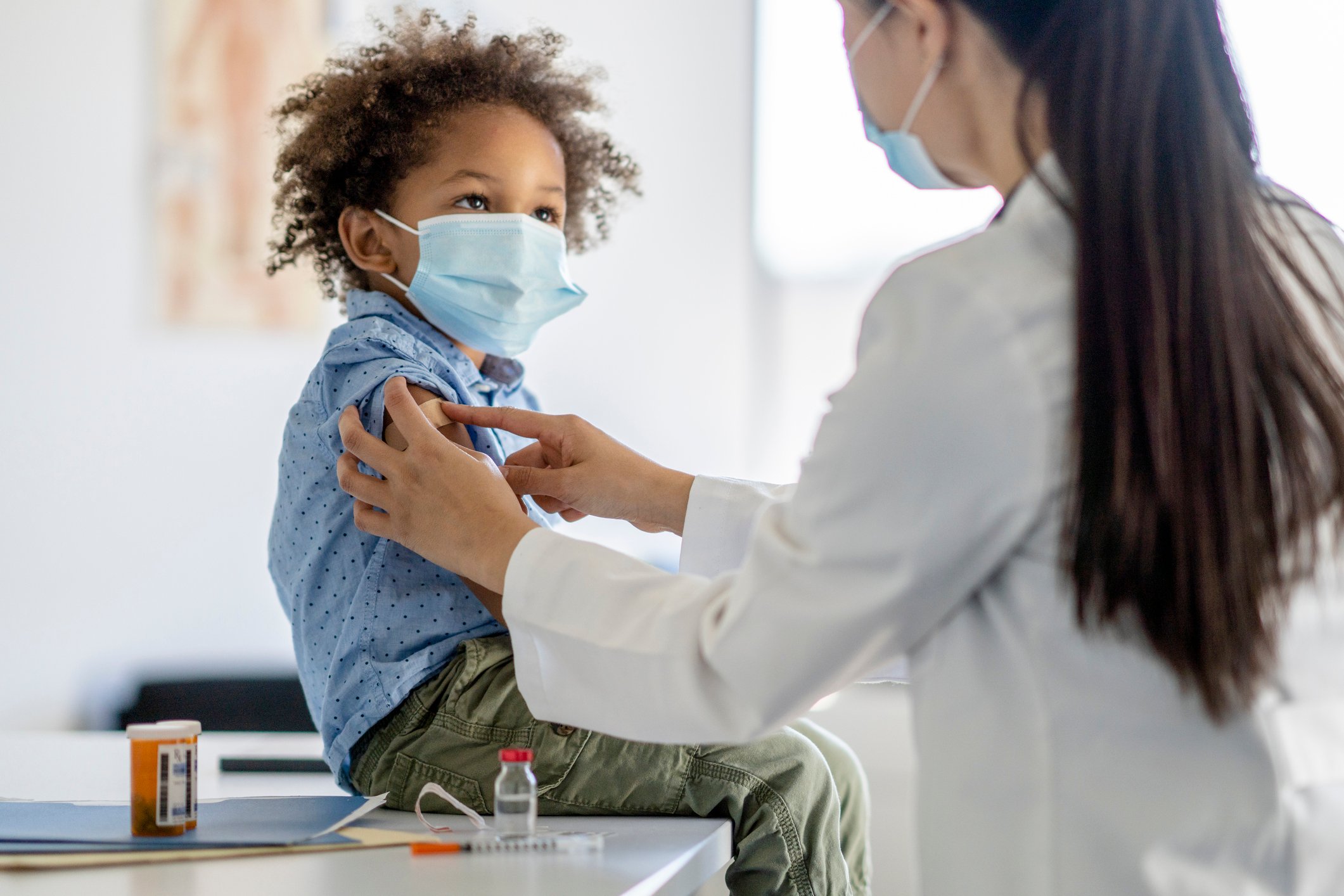Bioterrorism expert Emergent BioSolutions (EBS +3.04%) got off to a slow start in 2019, but management isn't worried about the company hitting its revenue and earnings goals for the year. "Just wait until the second half of the year" was the theme of the first-quarter earnings conference call.
Emergent BioSolutions results: The raw numbers
|
Metric |
Q1 2019 |
Q1 2018 |
Year-Over-Year Change |
|---|---|---|---|
|
Revenue |
$190.6 million |
$117.8 million |
62% |
|
Income from operations |
($27.2 million) |
($9.5 million) |
N/A |
|
Earnings per share |
($0.51) |
($0.10) |
N/A |
Data source: Emergent BioSolutions.
What happened with Emergent BioSolutions this quarter?
- A substantial amount of the increased revenue, $65.5 million, came from Narcan, the opioid overdose treatment that Emergent acquired in the last year. A new California law that calls for the co-prescription of Narcan -- or one of the other naloxone-containing drugs -- with opioids helped boost sales in the first quarter, although management sees the effect tapering off in the coming quarter.
- Sales of smallpox vaccine ACAM2000 more than doubled, as the company completed the remaining deliveries to the Strategic National Stockpile under the prior contract with the U.S. government. Emergent is still in negotiation with the government for a new contract.
- Sales of anthrax vaccine BioThrax decreased 42% as the U.S. government cut back on deliveries of the product in anticipation of the company's next-generation anthrax vaccine, AV7909, which Emergent was calling NuThrax until the Food and Drug Administration rejected the proposed brand name. Shipments of AV7909 to the stockpile are expected to begin later this year.
- Revenue from contract manufacturing decreased 39% year over year, but the drop was primarily due to one-time milestone payments in the year-ago quarter.
- The larger loss came from the mix of products sold, as well as fixed costs -- the company is manufacturing AV7909, for example, but won't recognize revenue on that spending until later this year. The quarter also had noncash amortization and inventory step-up charges from the PaxVax and Adapt acquisitions.
- On the pipeline front, Emergent announced results from a phase 2 study of its chikungunya virus VLP (virus-like particle) vaccine, showing that a single dose produced an immune response in up to 98% of participants by day 7.

Image source: Getty Images.
What management had to say
Emergent picked up two new international customers for BioThrax, which Robert Kramer, the company's president and CEO, sees as a good sign: "I think what we see is a general continuing maturity and interest outside of the U.S. for any number of our products in the portfolio, including BioThrax, as we've talked about." He added: "We're pleased with the progress, but this is going to be a slow maturity over the next several years."
Kramer also talked about the negotiations with the U.S. government over a new contract for ACAM2000:
This is a critically needed medical countermeasure -- again, the U.S. government's committed strategy is to have sufficient supply for the protection of all civilians in the United States. So it's a huge stockpile. It's a huge rotation requirement and to be honest, when we get into these negotiations on follow-on contracts, we want to make sure that the resulting outcome is a robust, durable, fair contract for both the government and for the company, and if it takes a little more time for us to come out with that outcome, we're going to take the amount of time that it requires.
Looking forward
Management reaffirmed its 2019 revenue guidance of $1.06 billion to $1.14 billion, and said second-quarter revenue should be in the range of $200 million to $220 million. Factoring in the first quarter, 60% or more of the annual revenue will come from the second half of the year.
That increased revenue should boost margins and drive Emergent to profitability. For the year, management is still looking for net income of $80 million to $110 million on a GAAP basis, or $150 million to $180 million on an adjusted basis.
On the pipeline front, data from a phase 2 clinical trial of FLU-IGIV, for treating severe illness caused by the flu, is expected at the end of this year. And look for the company to start the final phase 3 study of the chikungunya VLP vaccine next year.




